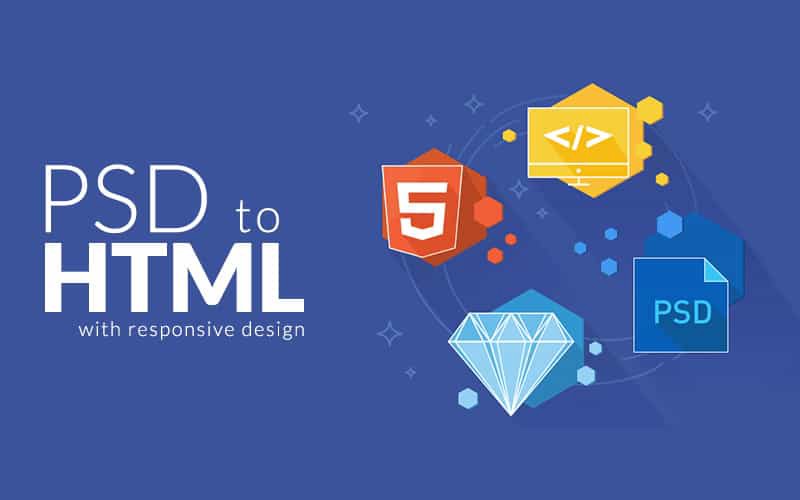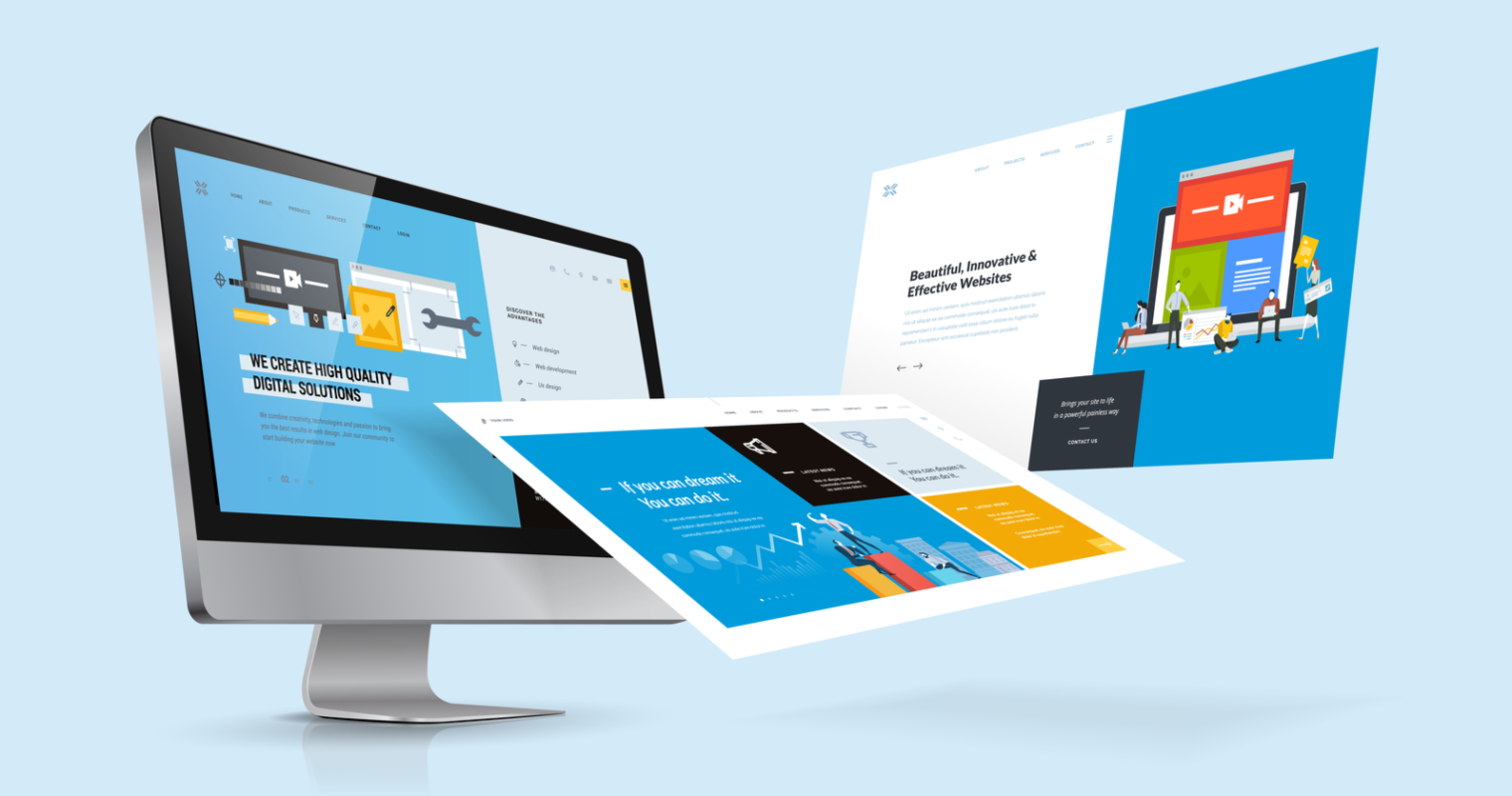When it comes to website development, more often than not, people ignore the importance of a clean website design. There is no doubt that improvement in technology has made website development a lot easier. However, the role and importance of a clean website design cannot be denied.
The functionality and performance of a site depend on it to a large extent. It also plays an important role in traffic generation and SEO rankings. PSD to HTML/XHTML and PSD to CSS are the most reliable methods of converting the design to HTML. Read further and you will find out how to create a clean business website design with PSD to HTML conversion.
Let us first discuss the file structure. To begin with, create a new folder on your desktop and name it as per your preference. In this folder, create another folder named ‘images’. This folder will contain the images you will need to display in the template. Now create three files- index.html, style.css, and reset.css. Write the HTML code for the template in index.html file and include all the CSS styling code in style.css file.
Next step is to set up the reset.css. Using a reset stylesheet enables to reduce the impact of the inconsistencies. Now it is time to add basic HTML markup. Open the index.html file using a code editor. Add a basic structure for a new HTML page. Now inside the tags of index.html, write the relevant code that tells index.html page where to find your main stylesheet. Open the style.css file and add the relevant code at the top of the document.
It is now time to start coding up the theme. First, code the basic page section. Next, create the background. For this, you need to slice out the background image from the PSD file. After this, create a new Photoshop document and then paste the selection into the new document. Save this file. Choose the GIF file format and then save it as main-bg.jpg inside your images folder. Next, add the relevant code to your style.css file to set the background.
Next step is to add the logo. First, extract it from the PSD. Select the layer that the logo is stored on and then right-click the thumbnail next to layer name. This will select the logo text for you. Write the code and set logo.png as the CSS background image. Add the code block to the style.css file.
Next comes the navigation. Add the relevant code to your index.html file to create the navigation area. Now add the appropriate CSS to your style.css file. Now is the time to code the featured content section. You need to slice several images from the PSD to create this section. First part is the title. Select the layer that the title is stored on in the Layers Panel, right-click the thumbnail on that layer to select the text, copy the text, and then create a new Photoshop document. Add the right code to your style.css file to style the elements.
Now let us create the services section. First, extract the images you require from the PSD. Add the right code inside the #services container in your index.html file. In the code block, add three new containers which are all assigned a class of .service-box. Inside each of this service, boxes is a title, a dotted line, the text content for that box, and a button. Next, add the right CSS to your main stylesheet for styling our Services section.
Now make the client testimonial section. Slice the title for this section. Ad the right code inside the #client-testimonials container in index.html. To code the footer, add the right code to your index.html file. Also, add the CSS code block to your style.css file for styling the footer section. You can also set the font size and color of the copyright text.
Wrapping Up:
By following these steps in a right manner, you can easily create a clean business website design with PSD to HTML conversion. If you need any further assistance related to PSD to HTML conversion or PSD to HTML Slicing, feel free to contact us and our Markup experts will be more than happy to assist you in your markup requirements.





Recent Comments